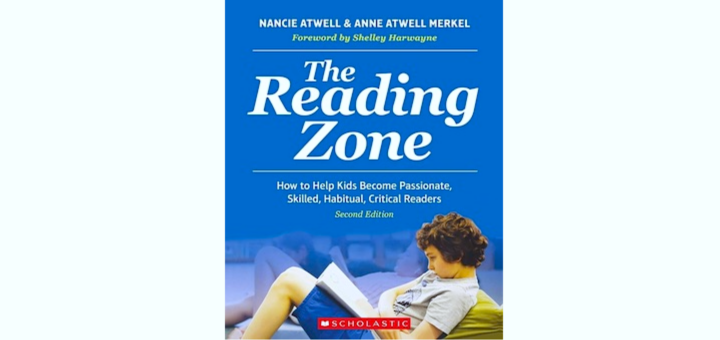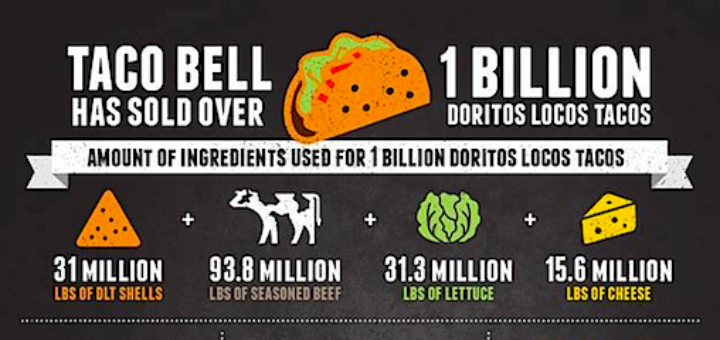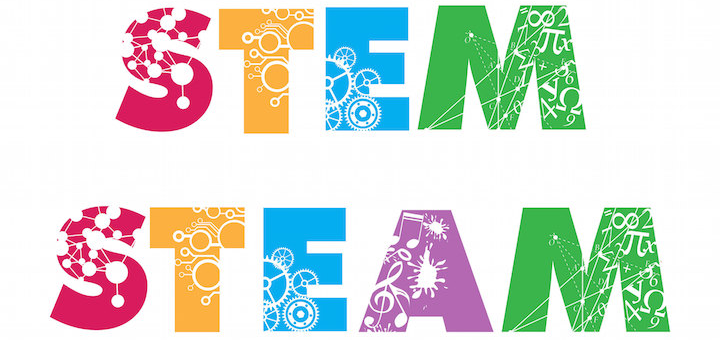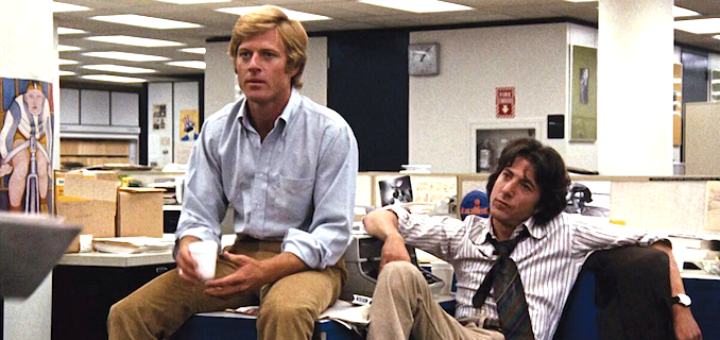Teaching and learning in grades 4-8
Reading Nancie Atwell and Anne Atwell Merkel’s The Reading Zone, 2nd edition, is like getting a letter from a good friend and mentor, says ELA teacher Amy Matthes. Find reading workshop case studies to help readers become passionate, skilled, and habitual.
Jenny Grant Rankin’s First Aid for Teacher Burnout: How You Can Find Peace and Success is the perfect salve for the tired teacher’s soul. This short book is packed full of great ideas to relieve, rejuvenate, and energize, says teacher-librarian Rita Platt.
Increasingly information is being conveyed in visual terms, and the flashy graphics can both clarify and mislead. Media literacy expert Frank Baker has teaching ideas to help students think more deeply about the infographics and visual data flooding our brains.
Anne Jolly has had more inquiries from folk in the middle school arena on whether they should implement a STEM program or a STEAM program. She doesn’t think it’s an “Either-or.” She thinks it’s a “Both” with creativity and critical thinking sharing space.
Showing short video clips to her history students is easy for Sarah Cooper to justify, but with full-length movies she is more cautious about the time investment. Here she shares three films that make the cut: Iron Jawed Angels, Glory, and All the President’s Men.
Baby Boomer teachers are rapidly retiring and being replaced by members of Generation Y or “Millennials” who hold very different beliefs about the workplace and the way principals work with them. Ronald Williamson and Barbara Blackburn share ideas to help them thrive.
Literacy coach Amber Bartlein finds Alan Sitomer’s “Mastering Short-Response Writing” to be “a quick read with practical ideas that can be implemented tomorrow.” His Three C’s System has already helped all of Barlein’s writers, including the ones who struggle most.
Ben Curran offers a future classic on lesson planning as a reflective, deliberate, on-going practice built with precision and thought. Teacher Linda Biondi thinks pre-service teachers, teacher educators and classroom veterans will all benefit from his practical advice.
If a school can agree to have both ELA and content area teachers use the ideas in “Strategic Journeys for Building Logical Reasoning” there is potential for students to achieve more intense thinking rather than surface learning, says reviewer Mary Langer Thompson.
What will you say you did this summer? You have enough time to make a major advancement in some area of your life, writes organizational expert Frank Buck, but you need to plan now. Whether it’s daring adventure or professional growth, here’s how to motivate yourself.











































